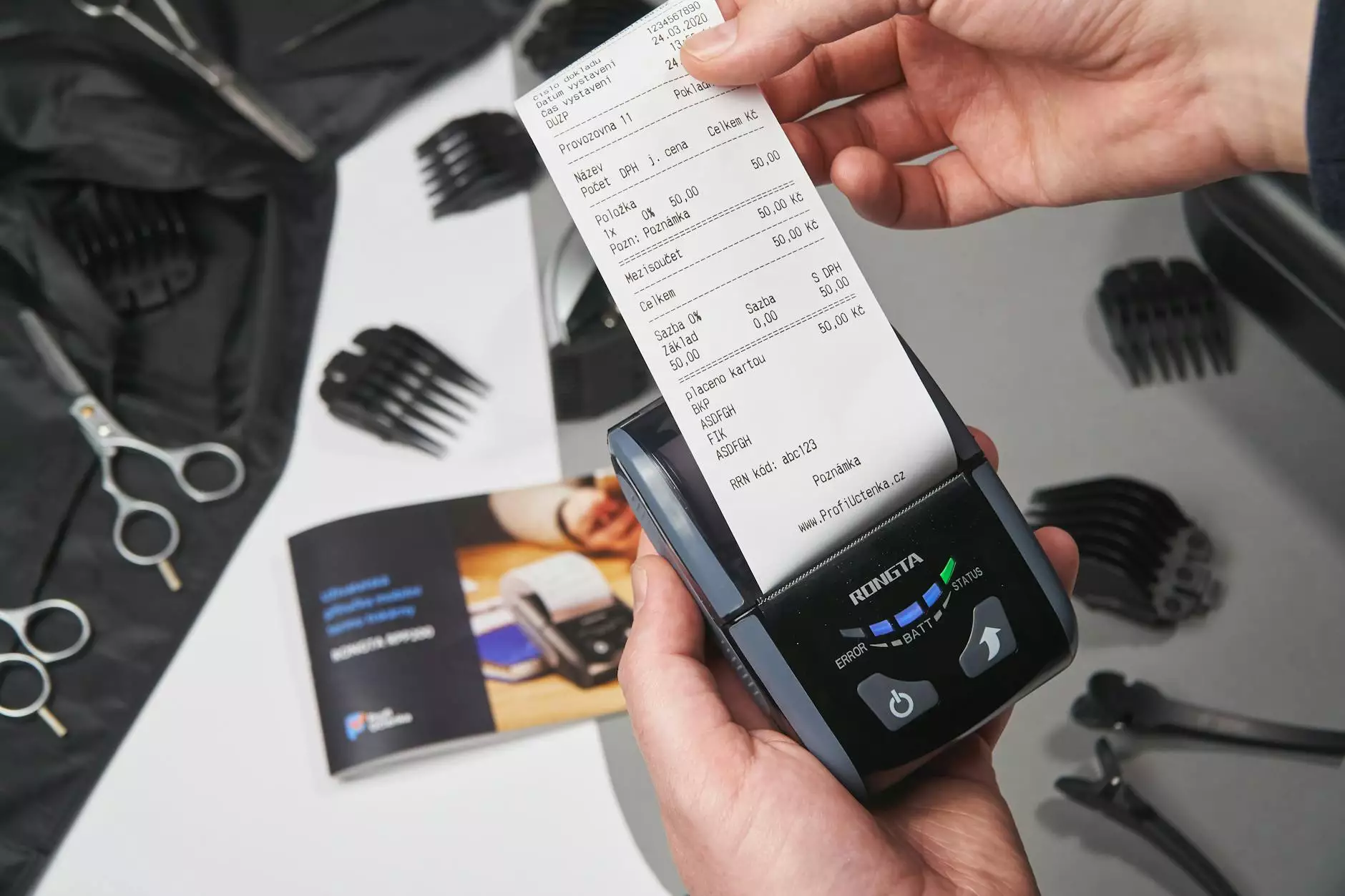Enhancing Business Success through Effective Web Site Storyboarding

In today's digital era, businesses must understand the importance of a well-structured online presence. One powerful tool that aids in achieving this is web site storyboarding. This intricate process involves planning and visually laying out the content and functionalities of a website before it's developed. By effectively utilizing storyboarding, businesses can ensure their websites not only attract users but also convert them into loyal customers.
What is Web Site Storyboarding?
Web site storyboarding is the practice of creating a visual representation of a website's layout and content flow. This involves sketching out each page, detailing user interactions, and organizing information in a way that enhances usability and navigation. The goal of storyboarding is to anticipate user needs and optimize their journey through the site.
The Importance of Web Site Storyboarding for Businesses
Effective storyboarding can significantly impact your business in several ways:
- Clarity in Vision: It helps clarify the goals and objectives of your website.
- User-Centric Design: By focusing on user experience, storyboarding encourages designs that meet user needs and preferences.
- Improved Team Collaboration: With a visual guide, team members can easily share ideas and feedback.
- Cost Efficiency: Addressing design issues before development saves time and resources.
- Better SEO Strategy: By organizing content effectively, you create an SEO-friendly structure that improves search engine rankings.
Steps to Effective Web Site Storyboarding
To create impactful web site storyboards, follow these essential steps:
1. Define Your Goals
Every successful website starts with clear goals. Ask yourself:
- What is the primary purpose of the site? (e.g., selling products, providing information)
- Who is your target audience?
- What actions do you want users to take?
2. Research Your Audience
Understanding your audience is crucial. Conduct market research to gather insights about user preferences, behaviors, and pain points. This information will help you craft a user-centric storyboard.
3. Create a Sitemap
Before diving into visual storyboarding, create a sitemap. This will serve as the foundation for your storyboard and will outline the structure of your website. Include all pages and how they link to one another.
4. Sketching the Storyboard
Start sketching each page of your website. You can use wireframes or paper to visualize each section. Focus on layout, navigation, and how content is displayed. Use annotations to detail what elements will be included, such as buttons, images, and text.
5. Incorporate Feedback
Share your storyboard with team members, stakeholders, and potential users. Gather their feedback and make necessary adjustments. This iterative process ensures that the storyboard addresses all concerns and meets user needs.
6. Finalize the Storyboard
After incorporating feedback, finalize your storyboard. Ensure it is detailed enough for your web design and development teams to execute effectively. It should serve as a comprehensive guide for the entire website project.
Benefits of Using Storyboarding in Web Design and Graphic Design
Utilizing storyboarding not only improves website functionality but also enhances visual appeal. Here’s how:
Enhanced User Experience
A well-thought-out storyboard leads to intuitive navigation. By mapping out user flows, businesses can significantly reduce bounce rates and increase user engagement. A positive user experience often translates into higher conversion rates and customer satisfaction.
Consistent Visual Branding
Graphic design plays a vital role in establishing a brand identity. By incorporating brand elements in the storyboard, designers can ensure consistency in color schemes, fonts, and overall aesthetics across the website. This visual coherence reinforces brand recognition among users.
Streamlined Development Process
When developers have a clear visual plan, the building phase becomes more streamlined. This minimizes the risk of miscommunication during the development process and ensures that the final product aligns with the initial vision expressed in the storyboard.
Common Mistakes to Avoid in Web Site Storyboarding
While storyboarding is an invaluable practice, there are common pitfalls to stay clear of:
- Overcomplicating the Layout: Keep it simple. A cluttered design can overwhelm users.
- Neglecting Mobile Optimization: Ensure your storyboard accommodates mobile users for a responsive design.
- Ignoring User Feedback: Always incorporate user feedback to ensure the design meets audience expectations.
- Skipping Revisions: Make time for revisions based on team input; this will refine your final product.
Tools for Web Site Storyboarding
Various tools simplify the storyboarding process. Here are some of the most effective ones:
- Balsamiq: A wireframing tool that allows you to create low-fidelity prototypes quickly.
- Adobe XD: Ideal for designing and prototyping user experiences, with collaboration features.
- Sketch: A vector-based design tool focusing on user interface design.
- Miro: A collaborative online whiteboard platform for brainstorming and storyboarding.
- Lucidchart: A flowchart tool that can help create sitemaps and user flow diagrams.
Conclusion
In conclusion, web site storyboarding is a crucial step for businesses looking to optimize their online presence. By following a structured approach to planning, designers and developers can create effective, user-friendly websites that fulfill their business objectives. With a well-executed storyboard, businesses not only enhance user experience but also encourage brand loyalty and drive conversions.
Investing time in storyboarding can yield significant benefits, making it a practice that aligns beautifully with both graphic design and web design strategies. Remember, in the realm of digital business, preparation breeds success. Start storyboarding today and watch your business thrive in the competitive online landscape.



